| |
|
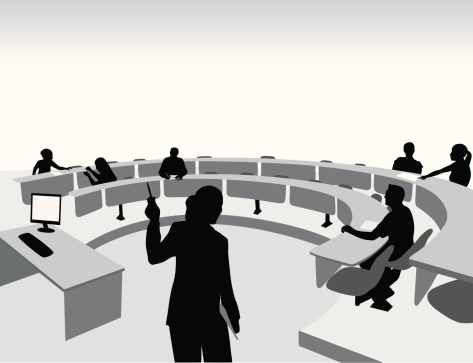
|
- Infection Prevention Team: Tasked with preventing infections associated with health care in patients, visitors, and health care personnel. Infection preventionists work as information data experts to help the facility prevent infections, as educators who collaborate with groups throughout the healthcare facility, and as germ detectives to detect and resolve outbreaks.
|
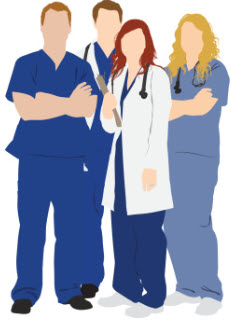 |
- Healthcare Personnel (HCP): All the people who work in a health care setting. Some common examples of health care personnel are physicians, nurses, and nursing assistants, but also includes any person who provides services that support the delivery of health care such as dieticians, laboratory technologists, pharmacists, engineers, therapists and maintenance personnel.
|
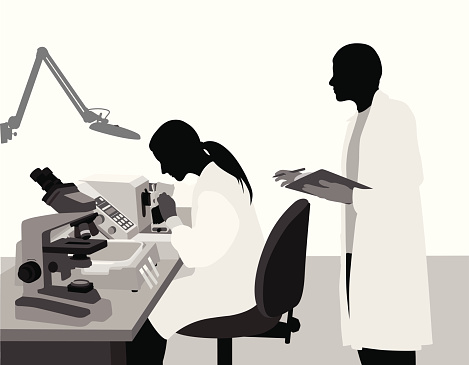 |
- Microbiology Laboratory: Processes patient specimens, such as blood and body fluids, to identify the germs causing infection and the best drugs to treat infections. Some tests provide results on the same day as the specimens are collected, while others require several days.
|
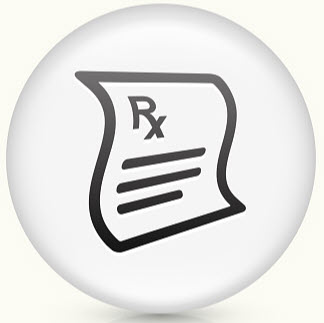 |
-
Pharmacy: Stocks and dispenses antibiotics and vaccines needed to treat and prevent infections. Pharmacists monitor the use of antibiotics in a facility and work with providers to assure appropriate treatments for infection.
|
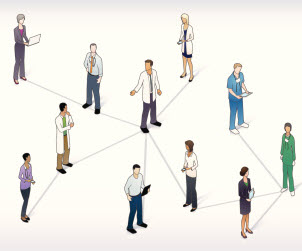 |
- Quality/Risk Management: Work together to detect, monitor, assess, reduce and prevent risks to patients and staff. They constantly measure the effectiveness of the care the facility provides. One major area of focus is preventing infections related to healthcare.
|
 |
-
Facility Leadership: Includes the: chief executive officer (CEO), chief nursing officer (CNO), chief medical officer (CMO), and chief financial officer (CFO). These leaders have authority to provide resources needed to assure quality care that will prevent infection.
|
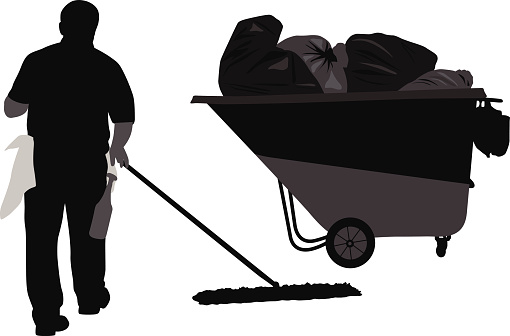 |
-
Environmental Services (EVS): Provide routine cleaning and disinfection of surfaces such as floors, bathrooms, and bedside areas. Cleaning and disinfecting the patient care environment reduces the risk of spreading germs to patients.
|
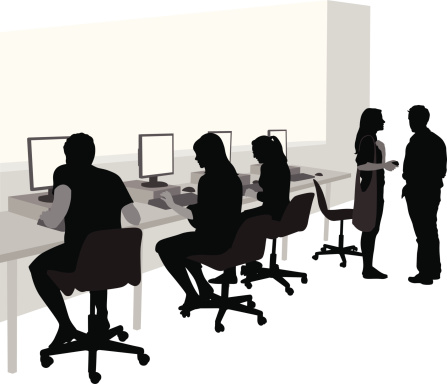 |
- Information Technology: Assures that the computer systems used in a hospital are up to date and functioning properly. These computer systems deliver information to health care providers from all health care services such as laboratories, radiology, and outpatient clinics. The electronic health record (EHR) is a person's official, digital health record that is shared among multiple healthcare providers to support informed decision-making.
|
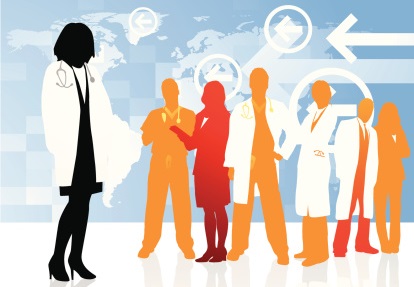 |
- Public Health: Collaborate closely with healthcare providers and facilities to protect and improve the health of all people and their communities. Local health departments work closely with the California Department of Public Health to contain the spread of infectious diseases and prevent infections in healthcare.
|